How is the coffee from Anasola Farm in Guji, Ethiopia? exquisite sun treatment characteristics
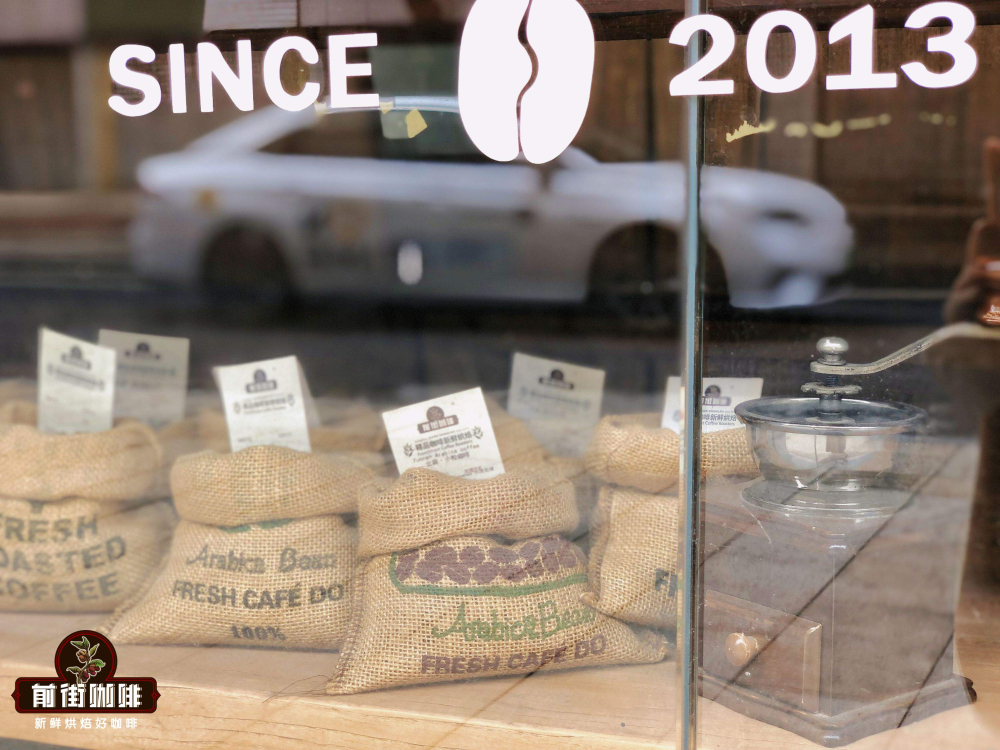
The wild berry cream flavor of Sidamo coffee beans can always capture group after group of coffee lovers, and the Guji producing area of Sidamo is a coffee producing area rich in high-quality boutique coffee beans. In recent years, the names of Guji producing areas can be seen on the list in Ethiopian national-level or African intercontinental coffee competitions. Just like Humbera Sakuran and Wulaga washed coffee beans, these two coffee beans are also found on the bean list in front of the street. Huakui Coffee Bean won the championship of the TOH Essex sunburn group in 2017, while the champion of the TOH washing group in 2020 came from the Wulaga producing area of Guji. This all proves that the coffee in Guji producing area is of excellent quality.
The coffee in Guji producing area is rich in flower and fruit aroma and has recently been paid close attention to by more and more coffee lovers all over the world. As early as 2010, the Ethiopian Commodity Exchange (ECX) separated the Guji producing area from the Sidamo producing area and became a new producing area. The Ethiopian government has a strong intention to create coffee producing areas with different flavors, including good examples such as Yega Xuefei. Today, Guji producing area is a key project in Ethiopia, and more and more Guji coffee has gained a good reputation in the international market.
Recently, a white peach oolong coffee bean with strong fruit flavor has been popular all over the street. It basically exists in every boutique coffee shop, and its reputation is as good as that of Huakui coffee. And the bean list on Qianjie is about to be put on the shelves of such a popular and fruity coffee. Some friends who are always curious about new things also have a strong pursuit of these coffee with novel flavor. Many people will be surprised when it is mentioned to them that this rich white peach oolong coffee bean is from the Guji region of Ethiopia. After all, most of these coffee beans come from South America.
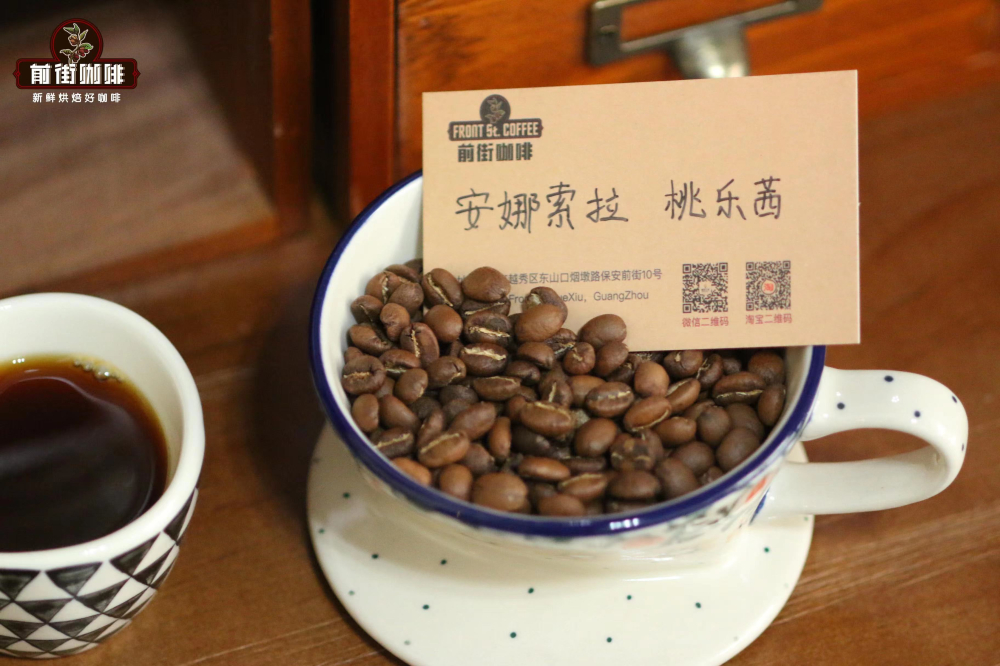
Qianjie coffee Ethiopian white peach oolong Dorothy coffee beans
Producing area: Guji Guji
Manor: Anna Sola Ana Sora
Altitude: 1900 m-2350 m
Variety: native species
Treatment method: enzyme washing
Grade: G1
Production season: 2021
Dorothy Coffee beans are grown at Anasola Manor, which is near the village of Buku, which produces Sakuran Coffee, near the town of Yejashafi. Anasola Coffee Manor was built in 2010, covering an area of 250 hectares and coffee cultivation area of 150 hectares. Unlike many local coffee cooperatives in Ethiopia, Anasola is privately owned and is now run by a second-generation manager, Israel Degfa, who learned about coffee production when he was young from his father, who worked as a coffee cooperative, and his mother, who sold raw beans at the station.
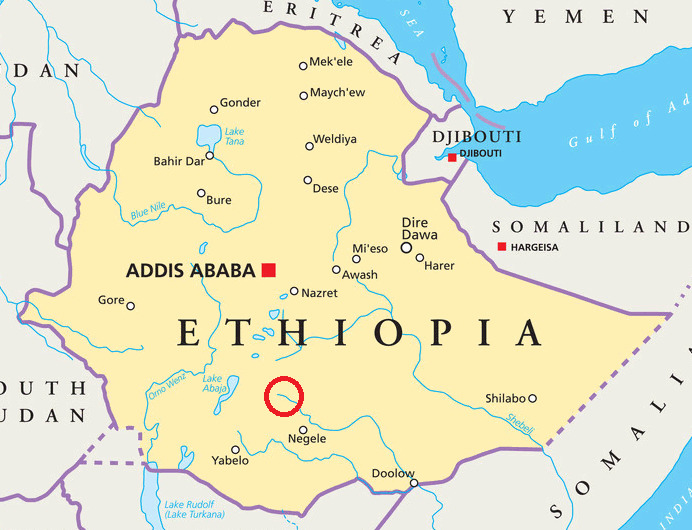
Anasola Manor, a young coffee plantation, produces only sun-dried coffee beans until a washing station is built in 2018. Because the manor is close to the Turo River, a water washing plant for raw coffee beans has been set up, and the water used in the washing process also comes from this river. As a result, the coffee beans produced by Anasola Manor are also one of the few manor-style washed coffee beans produced and sold in Ethiopia.
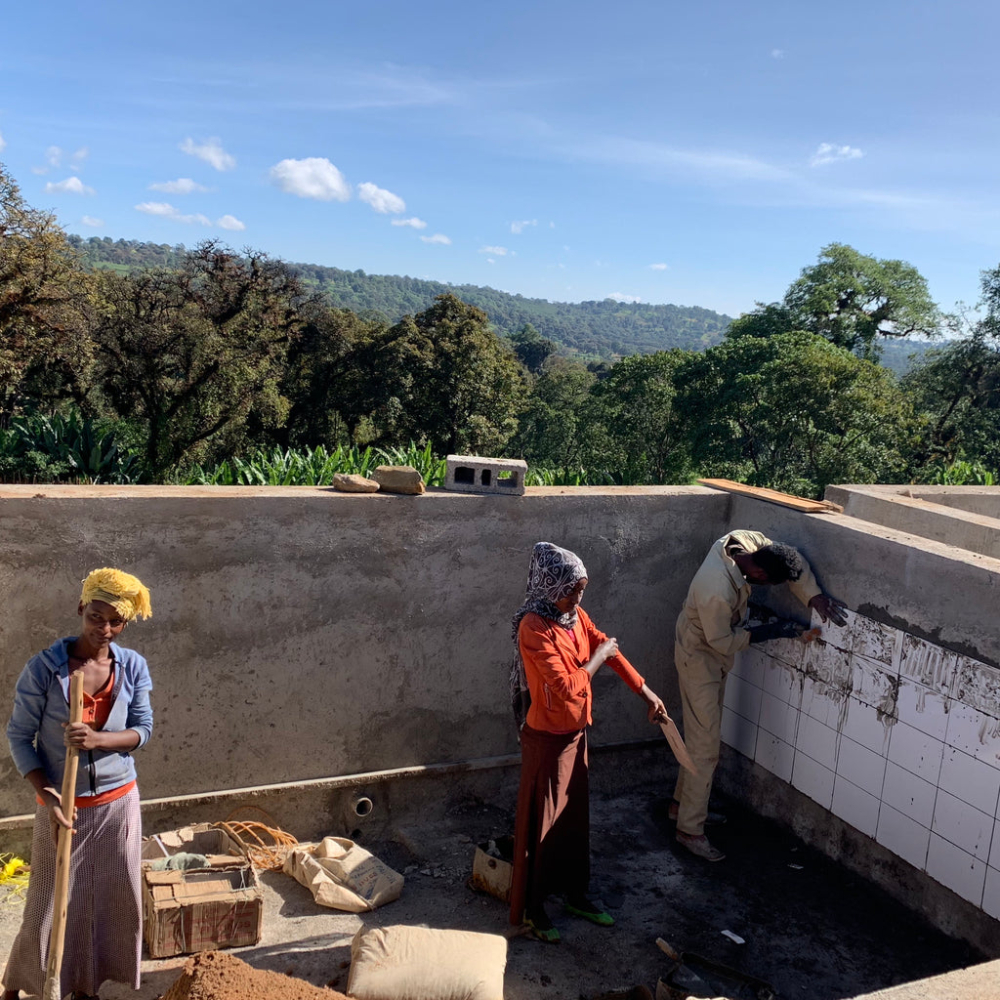
Because the manor is in a high-altitude mountain area with an elevation of 1900 to 2350 meters above sea level, it is difficult to drive. The coffee here is covered with crops such as acacia, Cordia African trees, legume trees and fake bananas to provide shade or nutrients for the surrounding coffee trees, making their own contribution to the creation of sweet and sour Anasola coffee.
This coffee, like fruit tea, is treated with enzyme washing. After picking the ripe coffee red fruit, the farmers put the fruit into a peeling machine to remove the peel, and then put the shell beans with a complete pectin layer and part of the flesh in a sealed tank and fermented for 24 hours. Then, the fermented shell beans will be soaked in a pool for 48 hours, then stirred and cleaned, the sticky pectin layer will be separated, washed and evenly laid on the sun bed for sun drying.
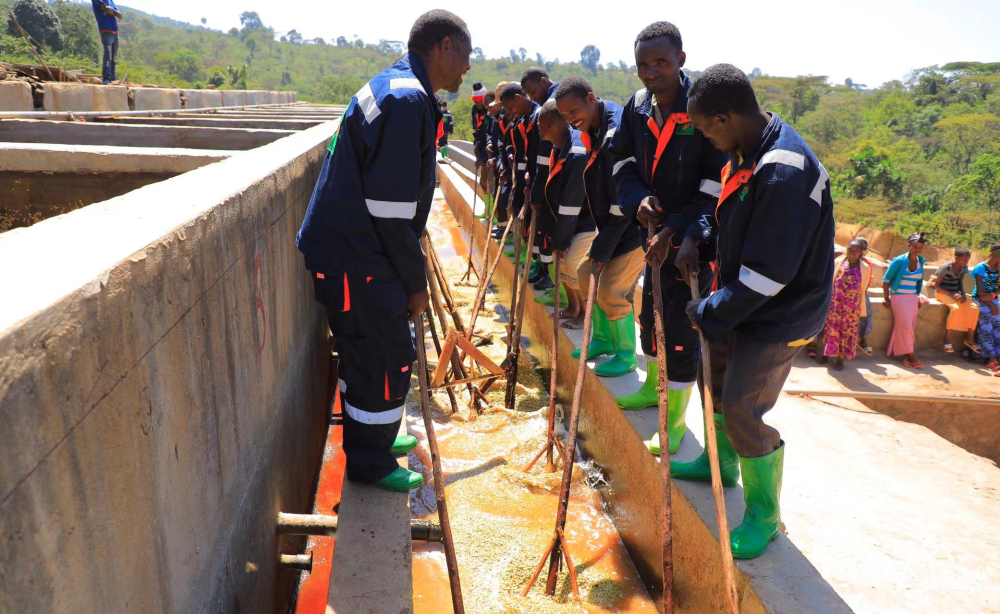
When the roaster of Qianjie Coffee received this coffee raw bean, he observed that Dorothy coffee beans had different particle sizes and light green color. The moisture content of this coffee raw bean is 10.2% detected by the instrument. When baking it, considering that its local native species have different particle sizes, the baker chose to slow down the pace of baking; in addition, in order to retain more acidity, bright taste, and strong aroma, the degree of medium-light baking was adopted.
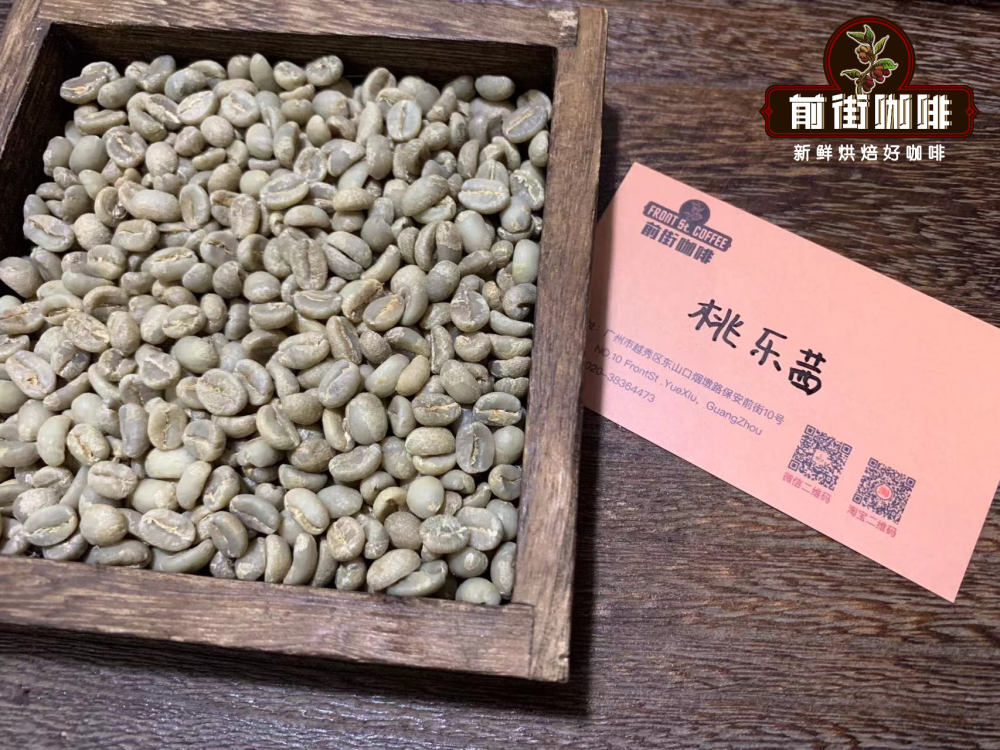
After receiving the roasted Dorothy beans, the barista of Qianjie Coffee found that this coffee has a slight floral aroma, while the aroma of peach is very rich and citrus-like acidity. After drinking it, it will taste like oolong tea, the overall feeling is very similar to white peach oolong tea.
When brewing this coffee bean, the roasting degree is relatively shallow, and the dissolution rate of the substance in the coffee is slow after the coffee bean is in contact with water, so the following measures need to be adopted:
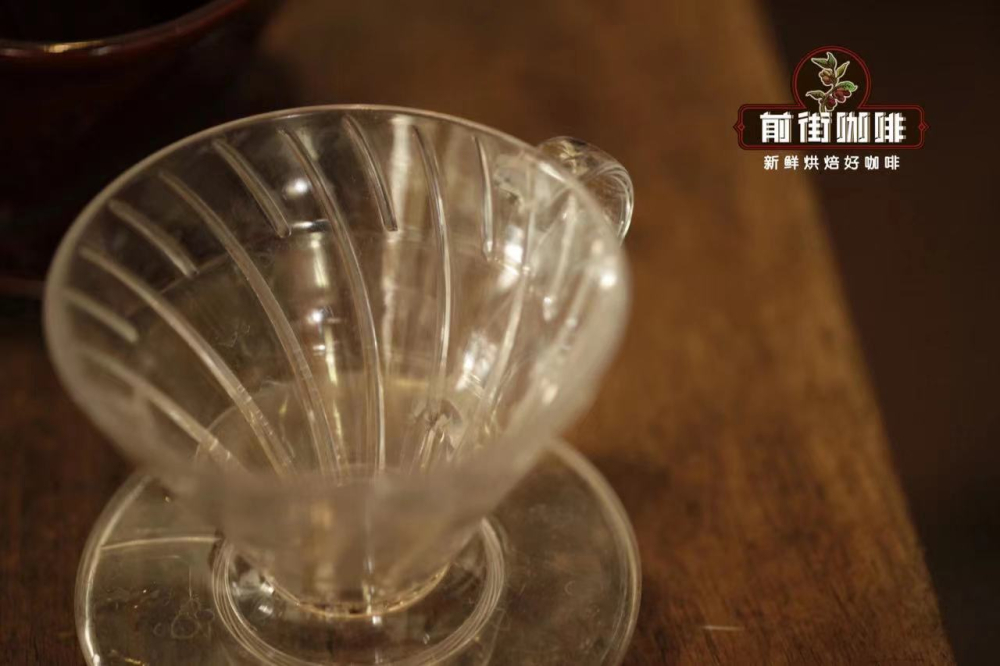
1. Fine grinding degree, Qianjie uses EK43s bean grinder, after grinding, after sifting with Chinese standard No. 20 sieve, the screening rate is 80%. The fine grinding degree can increase the surface area of coffee powder particles in contact with hot water, thus speeding up the precipitation of coffee flavor substances.
2. For higher water temperatures, Qianjie will use water temperatures of 90 degrees Celsius to 93 degrees Celsius when cooking medium and light roasted coffee beans. When a series of cooking parameters were the same, the amount and rate of flavor substances precipitation increased with the increase of water temperature.
3. For faster filter cups, when making hand-brewed coffee in Qianjie, only KONO and Hario V60 will be used. Among them, V60 is used for brewing and medium grinding coffee beans, because of the high water temperature and fine grinding, it can precipitate coffee flavor substances as much as possible, while V60 has 12 long ribs and 12 short ribs, which props up the filter paper and acts as a drainage to the water flow, so as to reduce the risk of over-extraction caused by high temperature and fine grinding as much as possible.
Filter cup: Hario V60
Water temperature: 91 degrees Celsius
Amount of powder: 15g
Ratio of powder to water: 1:15
Grinding degree: the pass rate of Chinese standard No. 20 screen is 80%.
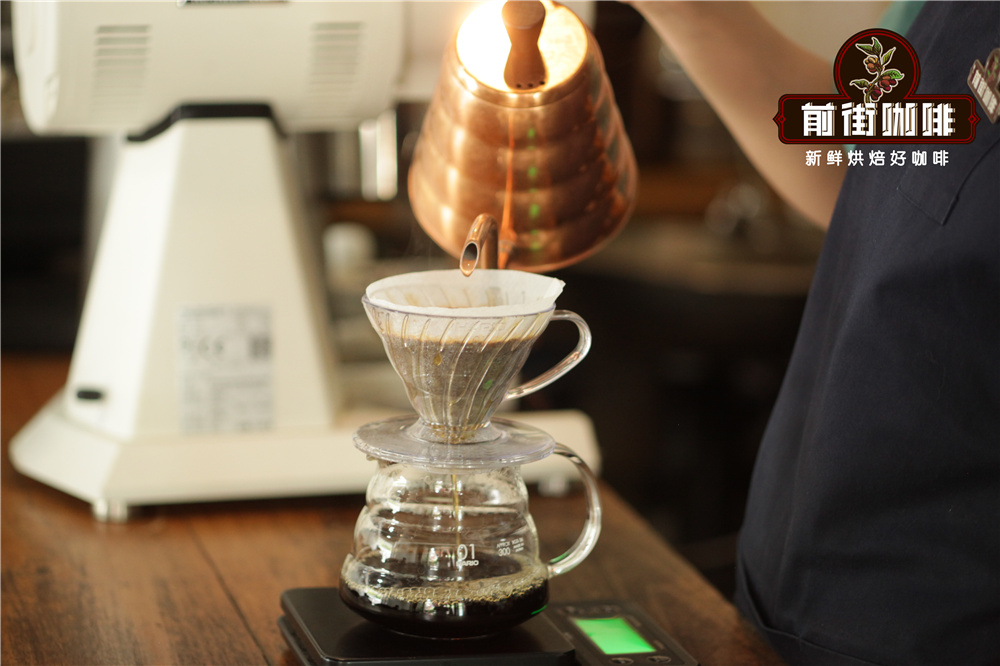
Pour 15 grams of powder into the filter cup and shake flat, inject 30 grams of hot water around the center and steam for 30 seconds. After the end of steaming, small water is injected from the center and slowly circle to 125 grams. When the water level in the filter cup is about to reveal the powder bed, continue to circle water injection to 225 grams, the total extraction time is about 2 minutes.
For more information about coffee beans, please follow the coffee workshop (Wechat official account cafe_style) and exchange professional coffee knowledge. Please add Wechat account kaixinguoguo0925.
Important Notice :
前街咖啡 FrontStreet Coffee has moved to new addredd:
FrontStreet Coffee Address: 315,Donghua East Road,GuangZhou
Tel:020 38364473
- Prev
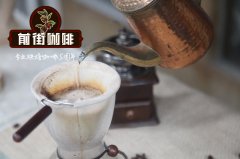
Introduction to the flavor characteristics of coffee in Costa Rican mango manor is the coffee treated with black honey sweet?
Origin: Costa-Rica Manor, Costa Rica: El Mango Manor processing Plant: Caf Rivense del Chirrip S.A. Altitude: 1500m~1600m production season: 2019 Variety: Catuai Caturra Kadu Ekaduai raw bean treatment: Black Honey black honey treatment this is the S of Finca El Mango from the Chiribo micro region in southern Costa Rica.
- Next
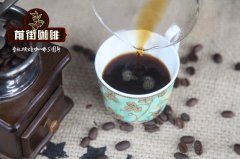
El Salvador Los Andes Bourbon Coffee Flavor characteristics what is the quality of SL28 introduced by sa?
Manufacturer: ErnestoMenndez production area: Santa Ana Apaneca-Irametepec varieties: bourbon altitude: 1720 m treatment: washing, Ernestos's favorite Los Andes craftsmanship to show the clarity of the cup. Taste description: nuts, with chocolate sweetness, green apples, white grapes and roasted almonds. Los Andes is made up of outstanding
Related
- Detailed explanation of Jadeite planting Land in Panamanian Jadeite Manor introduction to the grading system of Jadeite competitive bidding, Red bid, Green bid and Rose Summer
- Story of Coffee planting in Brenka region of Costa Rica Stonehenge Manor anaerobic heavy honey treatment of flavor mouth
- What's on the barrel of Blue Mountain Coffee beans?
- Can American coffee also pull flowers? How to use hot American style to pull out a good-looking pattern?
- Can you make a cold extract with coffee beans? What is the right proportion for cold-extracted coffee formula?
- Indonesian PWN Gold Mandrine Coffee Origin Features Flavor How to Chong? Mandolin coffee is American.
- A brief introduction to the flavor characteristics of Brazilian yellow bourbon coffee beans
- What is the effect of different water quality on the flavor of cold-extracted coffee? What kind of water is best for brewing coffee?
- Why do you think of Rose Summer whenever you mention Panamanian coffee?
- Introduction to the characteristics of authentic blue mountain coffee bean producing areas? What is the CIB Coffee Authority in Jamaica?

